Home>diy>Architecture & Design>How To Design An Eco-Friendly House


Architecture & Design
How To Design An Eco-Friendly House
Modified: October 20, 2024
Discover the best tips for designing an eco-friendly house with sustainable architecture design. Create a greener home that benefits both the environment and your lifestyle.
(Many of the links in this article redirect to a specific reviewed product. Your purchase of these products through affiliate links helps to generate commission for Storables.com, at no extra cost. Learn more)
Introduction
Welcome to the world of eco-friendly house design! As the effects of climate change become more apparent, more and more homeowners are opting for sustainable and environmentally conscious homes. Designing an eco-friendly house is not only a responsible choice to reduce your carbon footprint but also a way to create a healthier and more energy-efficient living space for you and your family.
In this article, we will explore the essential elements and considerations involved in designing an eco-friendly house. From choosing a sustainable location to implementing energy-efficient technologies, we will guide you through the process step by step.
Designing an eco-friendly house goes beyond just installing solar panels or using energy-saving light bulbs. It involves a holistic approach that takes into consideration various factors, from the use of renewable energy sources to the selection of green building materials. By utilizing these strategies, you can significantly reduce your environmental impact and create a home that is comfortable, sustainable, and visually appealing.
So, whether you’re building a new house from scratch or retrofitting an existing one, let’s dive into the world of eco-friendly architecture and design.
Key Takeaways:
- Designing an eco-friendly house involves choosing a sustainable location, prioritizing energy efficiency, utilizing renewable energy sources, and implementing water conservation techniques to create a healthier and more sustainable living environment.
- Incorporating green building materials, optimizing insulation, maximizing natural lighting, ensuring good indoor air quality, and integrating smart home technology and sustainable landscaping practices completes the holistic approach to eco-friendly house design.
Choosing a Sustainable Location
When designing an eco-friendly house, the location plays a crucial role. Selecting a sustainable location not only helps reduce the environmental impact of your home but also contributes to a healthier and more sustainable community. Here are some factors to consider when choosing a sustainable location:
- Proximity to amenities: Select a location that is within walking or biking distance to amenities such as grocery stores, schools, and parks. This reduces the need for driving and promotes a more active lifestyle.
- Access to public transportation: Opt for a location that is well-connected to public transportation. This allows for easy commuting and reduces reliance on personal vehicles, thus lowering carbon emissions.
- Orientation and natural landscape: Consider the orientation of the site and how it can maximize natural light and ventilation. Ideally, choose a location with existing trees or natural features that can provide shade and reduce the need for artificial cooling.
- Solar potential: Assess the solar potential of the location to determine the feasibility of installing solar panels. A south-facing roof with minimal shading is ideal for maximizing solar energy generation.
- Environmental considerations: Research the environmental factors of the location, such as the risk of flooding, forest fire zones, or areas prone to soil erosion. Avoid building in environmentally sensitive areas to minimize the impact on local ecosystems.
- Ecological diversity: Consider the biodiversity of the area and how your home’s design and construction may impact local flora and fauna. Aim to preserve and enhance ecological diversity through thoughtful landscaping and preservation of natural habitats.
By carefully selecting a sustainable location, you can significantly reduce the energy consumption of your home and contribute to the overall sustainability of your community. Additionally, an eco-friendly home in a sustainable location often holds greater long-term value and can be more appealing to potential buyers in the future.
Energy Efficiency
Energy efficiency is a fundamental aspect of designing an eco-friendly house. By minimizing energy consumption, you not only reduce your carbon footprint but also save on energy bills. Here are some essential strategies to incorporate for improved energy efficiency:
- Insulation: Proper insulation is key to reducing energy loss. Ensure that your walls, roof, and floor are well-insulated to prevent heat transfer in cold weather and keep your home cool in hot weather.
- Windows and doors: Install energy-efficient windows and doors with double or triple panes and low-emissivity (low-e) coatings. These features help to minimize heat transfer and improve insulation.
- Air sealing: Seal gaps, cracks, and openings to prevent air leakage. This helps maintain consistent indoor temperatures and reduces the load on heating and cooling systems.
- Energy-efficient appliances: Choose energy-efficient appliances with high Energy Star ratings. Look for energy-saving features like programmable settings, LED lighting, and low-power modes.
- Smart thermostat: Install a smart thermostat that allows you to control and schedule your heating and cooling systems. This helps optimize energy usage based on your needs and preferences.
- Energy-efficient lighting: Use LED (light-emitting diode) or CFL (compact fluorescent) bulbs instead of traditional incandescent ones. These bulbs consume less energy and have a longer lifespan.
- Energy monitoring: Install energy monitoring systems to track your home’s energy consumption. This allows you to identify areas of high energy usage and make adjustments as needed.
By implementing these energy-efficient practices, you can significantly reduce your home’s energy consumption and contribute to environmental sustainability. Additionally, many energy-efficient upgrades may also qualify for tax incentives and rebates, providing additional financial benefits.
Remember, energy efficiency is not only about reducing electricity usage. It also includes utilizing passive design strategies, such as proper orientation, shading, and natural ventilation, to capitalize on natural resources and minimize the need for artificial cooling and heating. Incorporating these elements into your home’s design can greatly enhance its energy efficiency.
Renewable Energy Sources
Harnessing renewable energy sources is a critical component of designing an eco-friendly house. By generating electricity from renewable sources, you can reduce your reliance on fossil fuels and contribute to a cleaner and more sustainable energy future. Here are some renewable energy options to consider:
- Solar power: Install solar panels on your roof or in your yard to capture sunlight and convert it into electricity. Solar power is a clean and abundant source of energy that can drastically reduce your reliance on the grid, especially during daylight hours.
- Wind power: If you have a suitable location with consistent wind patterns, consider installing a small wind turbine to generate electricity. Wind power is an excellent option for those living in rural areas with ample open space.
- Geothermal energy: Utilize the natural heat stored in the earth to provide heating and cooling for your home. Geothermal systems use underground pipes to transfer heat, making it an efficient and environmentally friendly solution.
- Biomass energy: Use organic materials, such as wood pellets or agricultural waste, to generate heat and power. Biomass energy is renewable and can be sourced locally, reducing reliance on non-renewable fuels like oil or natural gas.
- Hydroelectric power: If you have access to a running water source like a stream or river on your property, consider installing a small-scale hydroelectric system. This option is ideal for properties with a consistent water flow and suitable terrain.
Prioritize renewable energy sources based on the feasibility and resources available in your location. Depending on your local regulations and incentives, you may be able to sell excess energy back to the grid through net metering programs, further boosting the financial benefits of renewable energy installations.
It’s important to note that while renewable energy sources are a sustainable choice, they often require an upfront investment. However, the long-term savings, reduced dependence on non-renewable resources, and positive environmental impact make these investments worthwhile.
Remember to consult with renewable energy experts to determine the optimal system size and technology for your home. They can help you assess your energy needs, evaluate the available resources, and design an efficient and cost-effective renewable energy system tailored to your specific requirements.
Water Conservation
In addition to energy efficiency, water conservation is a crucial aspect of designing an eco-friendly house. By reducing water consumption, you can help preserve this precious natural resource and minimize the strain on local water supplies. Here are some strategies to incorporate for effective water conservation:
- Low-flow fixtures: Install low-flow faucets, showerheads, and toilets to reduce water usage without compromising functionality. These fixtures utilize innovative designs that maintain water pressure while minimizing water flow.
- Greywater recycling: Implement a greywater system that collects water from showers, bathtubs, and sinks for reuse in non-potable applications such as toilet flushing, landscape irrigation, or laundry. This reduces the demand for fresh water and maximizes its usage.
- Rainwater harvesting: Collect rainwater from your roof through a rainwater harvesting system. This water can be stored in tanks and used for irrigation, laundry, or other non-potable purposes. It helps conserve municipal water resources and reduces stormwater runoff.
- Xeriscaping: Design your landscaping using xeriscaping principles, which prioritize native or drought-resistant plants that require less water. Incorporate efficient irrigation systems such as drip irrigation to minimize water wastage.
- Water-efficient appliances: Opt for water-efficient appliances like dishwashers and washing machines that use less water per cycle. Look for appliances with high WaterSense ratings to ensure optimal water conservation.
- Water monitoring: Install water monitoring systems to track your household’s water usage. This allows you to identify leaks, identify high-consumption areas, and make adjustments to reduce overall water usage.
By incorporating these water conservation strategies, you can significantly reduce your household’s water consumption and contribute to the preservation of this valuable resource. Additionally, implementing these measures may lead to substantial savings on your water bills over time.
Remember, small behavioral changes can also make a significant difference in water conservation. Encourage your family members to turn off faucets when not in use, fix leaks promptly, and practice shorter showers. These simple actions can have a cumulative impact on water conservation.
Combining energy efficiency and water conservation measures in your home design ensures a comprehensive approach to environmental sustainability. By minimizing both energy and water consumption, you can create a truly eco-friendly and efficient living space.
Green Building Materials
Choosing the right building materials is essential for designing an eco-friendly house. Green building materials are those that have minimal environmental impact, are sustainably sourced, and promote resource efficiency. Incorporating these materials into your home not only reduces environmental harm but also creates a healthier living environment. Here are some examples of green building materials to consider:
- Recycled materials: Utilize materials made from recycled content, such as recycled plastic, glass, or metal. These materials divert waste from landfills and reduce the need for extracting and manufacturing new materials.
- Bamboo: Bamboo is a fast-growing and renewable resource that can be used for flooring, cabinetry, and furniture. It is a sustainable alternative to hardwood and has excellent durability and aesthetic appeal.
- Cork: Cork is a sustainable material obtained from the bark of cork oak trees. It is commonly used for flooring, wall coverings, and insulation. Cork is renewable, biodegradable, and provides excellent thermal and acoustic insulation.
- Reclaimed wood: Use reclaimed wood from salvaged sources, such as old barns or demolished buildings. Reclaimed wood adds character to your home while reducing the demand for new timber production.
- Eco-friendly insulation: Choose insulation materials made from recycled or natural fibers, such as cellulose, hemp, or wool. These options provide effective insulation while minimizing environmental impact.
- Low-VOC paints: Volatile organic compounds (VOCs) are harmful chemicals found in many conventional paints. Opt for low-VOC or zero-VOC paints to improve indoor air quality and reduce harmful emissions.
- Rammed earth or adobe: Consider using rammed earth or adobe for walls, which are made from locally sourced clay, sand, and gravel. These materials have excellent thermal mass properties and provide natural insulation.
- Sustainable roofing materials: Choose roofing materials like metal, recycled rubber, or clay tiles, which have long lifespans and are recyclable at the end of their use.
By incorporating these green building materials, you can reduce the carbon footprint associated with construction and promote sustainability in the building industry. Additionally, many green building materials offer excellent durability, energy efficiency, and improved indoor air quality, making them a wise investment in the long run.
Remember to research and verify the sustainability claims of different materials. Look for certifications such as Forest Stewardship Council (FSC) for wood products and Cradle to Cradle (C2C) for overall sustainability. Consulting with green building professionals can also help you make informed decisions about the best green materials for your specific project.
Optimal Insulation
Proper insulation is a critical component of designing an energy-efficient and comfortable eco-friendly house. It helps maintain consistent indoor temperatures, reduces energy consumption, and prevents heat transfer. Here are some key considerations for achieving optimal insulation:
- High-quality insulation materials: Use high-quality insulation materials that provide excellent thermal resistance, such as fiberglass, cellulose, or spray foam. These materials create a barrier against heat transfer and minimize energy loss.
- Proper installation: Ensure that insulation is installed correctly to maximize its efficiency. Gaps, voids, or compressions in insulation can compromise its effectiveness, so it’s essential to hire experienced professionals for the installation.
- Sealing air leaks: Insulation alone is not enough to achieve optimal energy efficiency. Seal air leaks around windows, doors, electrical outlets, and any other openings to prevent unwanted drafts and heat loss.
- Framing techniques: Utilize advanced framing techniques that minimize the amount of lumber used in wall construction. This allows for more space for insulation and reduces thermal bridging, where heat can escape through the framing.
- Insulated windows and doors: Opt for energy-efficient windows and doors with double or triple panes and low-emissivity (low-e) coatings. These features provide added insulation and reduce heat transfer.
- Insulated roof: Use proper insulation in the roof to prevent heat gain from the sun and heat loss during winter. Consider adding a radiant barrier under the roof to reflect heat and improve insulation performance.
- Foundation insulation: Insulate the foundation of your home to prevent heat loss through the floor. This is especially important for houses with crawl spaces or basements.
- Air barrier: Incorporate an air barrier system to minimize airflow and prevent drafts. This could involve using airtight membranes or tapes to seal joints, gaps, and seams in the building envelope.
By prioritizing optimal insulation in your house design, you can significantly reduce the need for heating and cooling, minimize energy consumption, and create a more comfortable living environment. Additionally, investing in proper insulation can lead to long-term energy savings and increased resale value of your home.
It’s important to consider the local climate and building codes when determining the appropriate insulation levels for your area. Consulting with professionals who are knowledgeable about energy-efficient building practices can help you make informed decisions and ensure your insulation meets the required standards.
When designing an eco-friendly house, prioritize energy efficiency by using high-quality insulation, energy-efficient windows, and incorporating renewable energy sources like solar panels.
Natural Lighting
Natural lighting is not only aesthetically pleasing but also plays a crucial role in designing an eco-friendly house. It reduces the need for artificial lighting during the day, saves energy, and creates a more inviting and healthy living space. Here are some strategies to maximize natural lighting in your home:
- Proper window placement: Carefully consider the placement and size of windows in each room to maximize natural light. South-facing windows receive the most sunlight throughout the day, while east and west-facing windows provide gentle morning and evening light, respectively.
- Skylights and light tubes: Install skylights or light tubes in areas that are difficult to reach with traditional windows, such as hallways, stairwells, or bathrooms. These features bring in natural light from above and illuminate dark spaces.
- Window treatments: Use light and sheer window treatments to allow maximum natural light penetration while still providing privacy when needed. Avoid heavy curtains or blinds that block light when open.
- Light-colored walls and surfaces: Opt for light-colored walls, ceilings, and floors, as they reflect natural light more effectively. This helps distribute light throughout the space and reduces the need for additional lighting fixtures.
- Light shelves and reflective surfaces: Incorporate light shelves or reflective surfaces, such as mirrors or glossy finishes, to bounce and amplify natural light. This technique helps illuminate darker areas and enhances the overall brightness of your home.
- Avoid unnecessary partitions: Minimize the use of unnecessary partitions and walls that block the flow of natural light. Open floor plans and the use of glass partitions can promote the exchange of light between different zones in your home.
- Solar control: Install shading devices like exterior sun shades, interior blinds, or window films to control glare and prevent excessive heat gain during hot months. These features help optimize natural lighting without sacrificing thermal comfort.
By incorporating these strategies, you can maximize the use of natural lighting and reduce your reliance on artificial lighting. Not only does this save energy, but natural light also offers numerous benefits to your overall well-being, such as regulating your circadian rhythm and boosting mood and productivity.
However, it’s important to strike a balance between natural lighting and energy efficiency. Proper insulation and window treatments are necessary to prevent heat loss or gain, depending on the climate. Consulting with architects or design professionals experienced in sustainable design can help you create a balance between natural lighting and energy efficiency in your home.
Indoor Air Quality
Indoor air quality is a vital consideration in designing an eco-friendly house. Poor indoor air quality can have adverse effects on your health and well-being. By prioritizing proper ventilation and utilizing sustainable materials, you can create a healthier and more comfortable living space. Here are some strategies to improve indoor air quality in your home:
- Proper ventilation: Ensure your home has proper ventilation systems, such as mechanical ventilation or natural cross-ventilation. This helps remove indoor air pollutants and brings in fresh outdoor air. Consider installing energy recovery ventilators to maintain indoor air quality while minimizing energy loss.
- Avoid harmful chemicals: Choose low or zero volatile organic compound (VOC) materials, such as paints, adhesives, and cleaning products. VOCs can contribute to indoor air pollution and have adverse health effects. Opt for eco-friendly alternatives or those with Green Seal or EcoLogo certifications.
- Proper moisture control: Prevent excess moisture and humidity in your home to mitigate mold and mildew growth. Use exhaust fans in bathrooms and kitchens, fix any leaks promptly, and consider using moisture-resistant materials in wet areas.
- Natural ventilation: Take advantage of natural ventilation opportunities by opening windows and doors when weather permits. This helps flush out stagnant air and improve air circulation.
- Air purifying plants: Incorporate indoor air purifying plants, such as peace lilies and spider plants, to naturally filter and improve air quality. These plants absorb harmful chemicals and release oxygen.
- HEPA filters: Use high-efficiency particulate air (HEPA) filters in your HVAC system to effectively capture and remove airborne allergens, dust, and other pollutants. Regularly clean or replace the filters to maintain their effectiveness.
- Regular cleaning: Keep your home clean by regularly dusting, vacuuming, and mopping to reduce the buildup of dust, pet dander, and other allergens. Use environmentally friendly cleaning products to avoid introducing harmful chemicals into the air.
By implementing these strategies, you can create a healthier indoor environment for you and your family. Good indoor air quality not only promotes physical well-being but also contributes to improved concentration, sleep quality, and overall comfort.
It’s important to note that air quality can be influenced by various factors, including outdoor pollution and individual sensitivities. Monitoring indoor air quality and consulting with experts in sustainable design can help you identify and mitigate any specific concerns or risks in your home.
Read more: 11 Reasons Why Your Friends Hate Your House
Rainwater Harvesting
Rainwater harvesting is an excellent eco-friendly practice that can help reduce water consumption and reliance on municipal water supplies. By capturing and storing rainwater, you can utilize this free and sustainable resource for various purposes. Here are some key points to consider when implementing rainwater harvesting:
- Collection system: Install a rainwater collection system that includes gutters, downspouts, and a storage tank or cistern. The collection system should be designed to capture rainwater from the roof and direct it to the storage facility.
- Storage capacity: Determine the appropriate size of the storage tank based on your needs and available space. Consider factors such as average rainfall, water demand, and the size of your property.
- Filtration and purification: Incorporate filtration mechanisms to remove debris, leaves, and other particles from the collected rainwater. Depending on its intended use, you may also need to treat the water further using disinfection methods to ensure it is safe for drinking or other uses.
- Type of usage: Determine how you will use the harvested rainwater. It can be used for non-potable purposes such as landscape irrigation, toilet flushing, laundry, or washing vehicles. For potable uses, additional filtration and treatment are necessary.
- Distribution system: Install a distribution system to deliver the harvested rainwater to various parts of your property. This may involve piping systems, pumps, and water outlets strategically placed for efficient use.
- Maintenance: Regularly maintain the rainwater harvesting system, including cleaning gutters and filters, inspecting the storage tank, and ensuring proper functioning of pumps and distribution systems. Regular maintenance will ensure the longevity and effectiveness of the system.
- Regulations and permits: Check local regulations and obtain any necessary permits for rainwater harvesting. Some areas have specific guidelines or restrictions on rainwater harvesting, especially for potable water use.
Rainwater harvesting not only reduces water consumption but also helps alleviate the strain on municipal water supplies. It can significantly contribute to water conservation efforts, especially in areas with limited rainfall or facing water scarcity challenges.
Additionally, harvesting rainwater can lead to financial savings by reducing water bills and minimizing the need for costly irrigation systems. It also allows you to have greater control over your water supply and reduces the impact on the environment by reducing stormwater runoff and strain on water treatment facilities.
Consulting with rainwater harvesting professionals or experts in water management can help you design and implement a rainwater collection system that is suitable for your specific needs and complies with local regulations.
Smart Home Technology
Integrating smart home technology into your eco-friendly house design can enhance energy efficiency, convenience, and overall sustainability. Smart home technology allows you to control and automate various functions in your home, optimizing energy usage and minimizing environmental impact. Here are some ways to incorporate smart home technology into your eco-friendly house:
- Smart thermostats: Install smart thermostats that can learn your heating and cooling preferences and adjust temperature settings accordingly. These thermostats can be controlled remotely and help optimize energy usage by adjusting temperature settings based on occupancy patterns.
- Energy monitoring systems: Utilize energy monitoring systems that provide real-time feedback on your energy consumption. These systems can help you identify energy-wasting devices or habits and make more informed decisions to minimize energy usage.
- Smart lighting: Incorporate smart lighting systems that allow you to control lighting remotely and automate lighting schedules. Use motion sensors and smart switches to ensure lights are only on when needed, reducing unnecessary energy consumption.
- Smart appliances: Opt for energy-efficient smart appliances that can be controlled and monitored through your smartphone or home automation system. These appliances can optimize energy usage, adjust settings based on your preferences, and provide energy consumption data.
- Smart irrigation systems: Install smart irrigation systems that use weather data and soil moisture sensors to automatically adjust watering schedules. These systems ensure efficient water usage by providing plants with the right amount of water based on their needs.
- Smart energy management: Integrate a smart energy management system that monitors and controls energy usage in your home. These systems can automatically optimize energy consumption by coordinating the operation of various devices and appliances.
- Home automation: Implement a home automation system that allows you to control and automate multiple functions in your home. This can include lighting, temperature, security systems, and other smart devices, creating a seamless and energy-efficient living environment.
- Solar energy management: Connect your solar panels to a smart energy management system that monitors energy production and consumption. This allows you to track your energy generation and optimize usage in real-time.
The integration of smart home technology in your eco-friendly house not only enhances energy efficiency but also offers convenience and comfort. By automating and optimizing various aspects of your home, you can reduce energy waste, streamline operations, and create a more sustainable living environment.
When selecting smart devices and systems, look for those with energy efficiency features, compatibility with other devices, and reliable security protocols. Consult with professionals in smart home technology to design and implement a system that aligns with your needs and goals.
Landscaping for Sustainability
Landscaping plays a significant role in designing an eco-friendly house by creating a harmonious relationship between your home and the surrounding environment. By incorporating sustainable landscaping practices, you can enhance the overall sustainability of your property and reduce your environmental footprint. Here are some strategies for landscaping for sustainability:
- Native plants: Choose native plants for your landscape design. Native plants are adapted to the local climate, require less water, and provide habitat for native wildlife. They also help preserve biodiversity and support the local ecosystem.
- Drought-resistant plants: Utilize drought-resistant plants that can thrive in your region without the need for excessive irrigation. These plants not only conserve water but also reduce the maintenance requirements of your landscape.
- Water-efficient irrigation: Install water-efficient irrigation systems, such as drip irrigation or smart sprinklers, to minimize water waste. These systems deliver water directly to the plant roots, reducing evaporation and runoff.
- Permeable surfaces: Use permeable surfaces like gravel paths or permeable pavements in your landscape design. These surfaces allow rainwater to naturally infiltrate the soil, reducing stormwater runoff and replenishing groundwater.
- Rain gardens: Design rain gardens or bioswales to capture and absorb rainwater runoff. These features help filter pollutants and reduce the strain on municipal stormwater systems.
- Composting and mulching: Implement composting systems to recycle organic waste and create nutrient-rich soil for your plants. Use mulch to conserve moisture, suppress weeds, and improve soil health.
- Wildlife habitat: Create a welcoming habitat for local wildlife by incorporating bird feeders, birdhouses, and native plants that provide food and shelter. Avoid the use of harmful pesticides that can harm beneficial insects and wildlife.
- Efficient landscape design: Plan your landscape design to optimize energy efficiency. Use trees and shrubs strategically to provide shade and reduce the need for artificial cooling. Consider wind patterns to leverage natural ventilation and protect outdoor living spaces from strong winds.
- Organic practices: Embrace organic gardening practices by avoiding the use of synthetic pesticides and fertilizers. Instead, focus on natural solutions, such as companion planting, crop rotation, and organic pest control methods.
By implementing these sustainable landscaping practices, you can create a beautiful and environmentally friendly outdoor space around your home. A sustainable landscape not only benefits the environment but also enhances your property value and provides a tranquil and inviting outdoor retreat.
Consider consulting with landscape designers or local gardening experts who specialize in sustainable landscaping to help you plan, implement, and maintain an eco-friendly landscape that is tailored to your specific location and preferences.
Conclusion
Designing an eco-friendly house is a rewarding and responsible endeavor that allows you to create a sustainable living space while minimizing your environmental impact. By incorporating the principles and practices outlined in this article, you can significantly enhance the overall sustainability, energy efficiency, and comfort of your home.
Choosing a sustainable location, prioritizing energy efficiency, utilizing renewable energy sources, and implementing water conservation techniques are essential steps in designing an eco-friendly house. Selecting green building materials, optimizing insulation, maximizing natural lighting, and ensuring good indoor air quality further contribute to a healthier and more sustainable living environment. Additionally, incorporating smart home technology and landscaping for sustainability completes the holistic approach to eco-friendly house design.
Remember that eco-friendly house design is an ongoing process, and it requires a balance between environmental stewardship and personal needs. Every design decision has the potential to make a positive impact on the planet and your quality of life. Consider consulting with professionals who specialize in sustainable architecture and design, as they can offer expert guidance tailored to your specific goals and requirements.
By embracing eco-friendly house design, you not only create a healthier and more sustainable home for you and your family but also contribute to a greener future for generations to come. Let’s strive together to build a more sustainable world, one eco-friendly house at a time.
Frequently Asked Questions about How To Design An Eco-Friendly House
Was this page helpful?
At Storables.com, we guarantee accurate and reliable information. Our content, validated by Expert Board Contributors, is crafted following stringent Editorial Policies. We're committed to providing you with well-researched, expert-backed insights for all your informational needs.
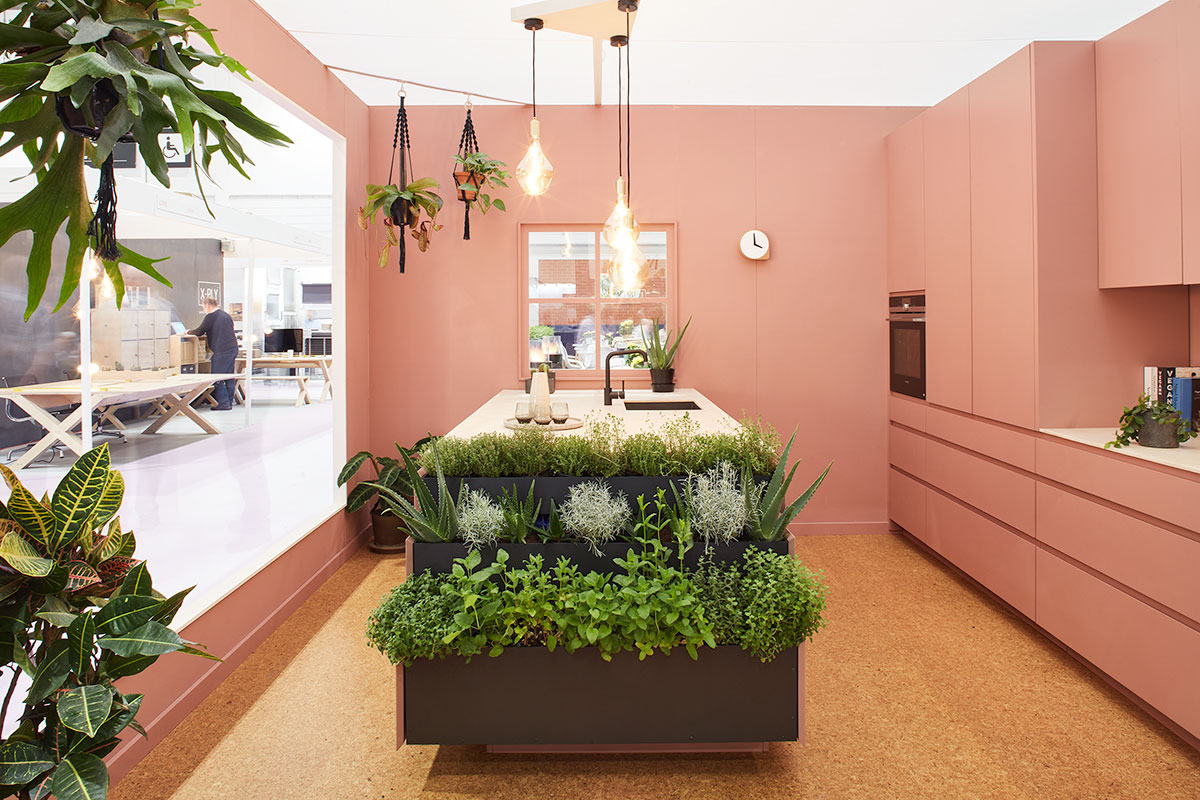
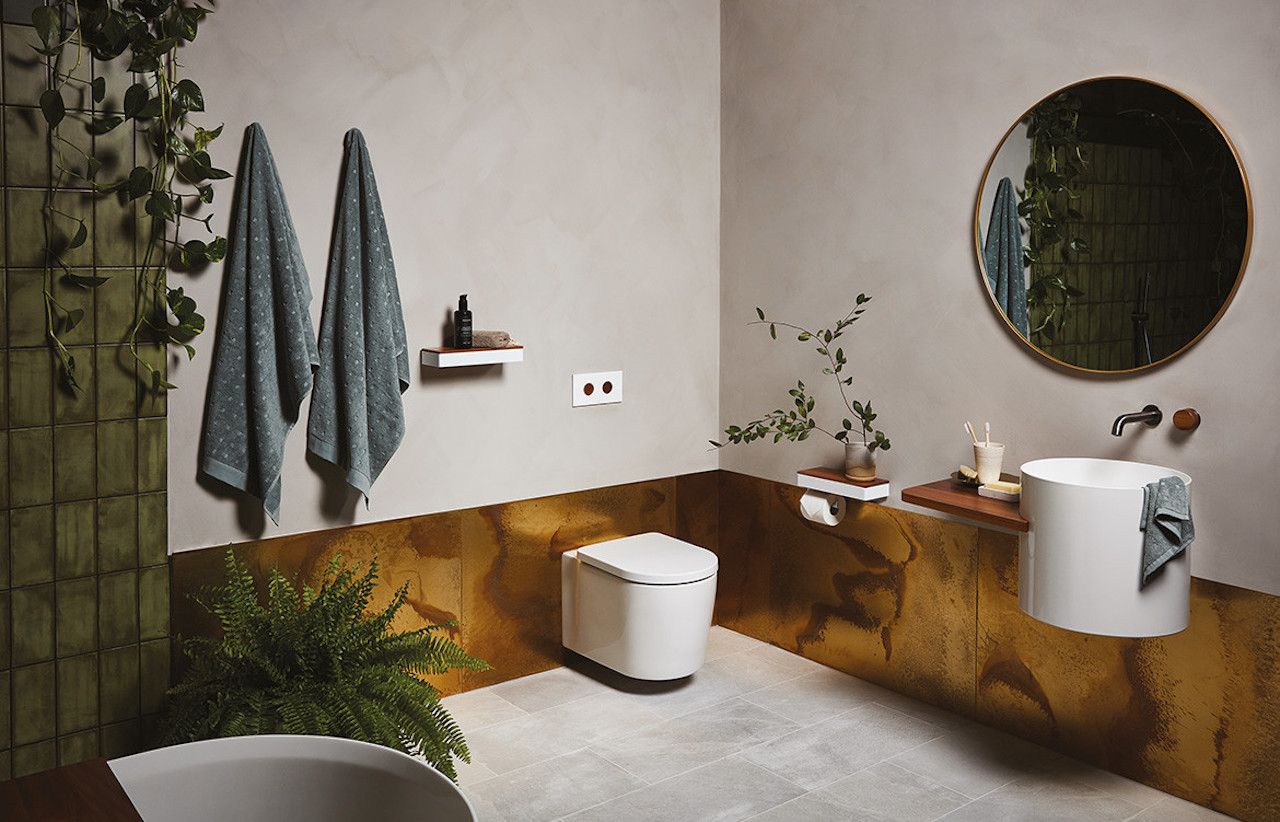

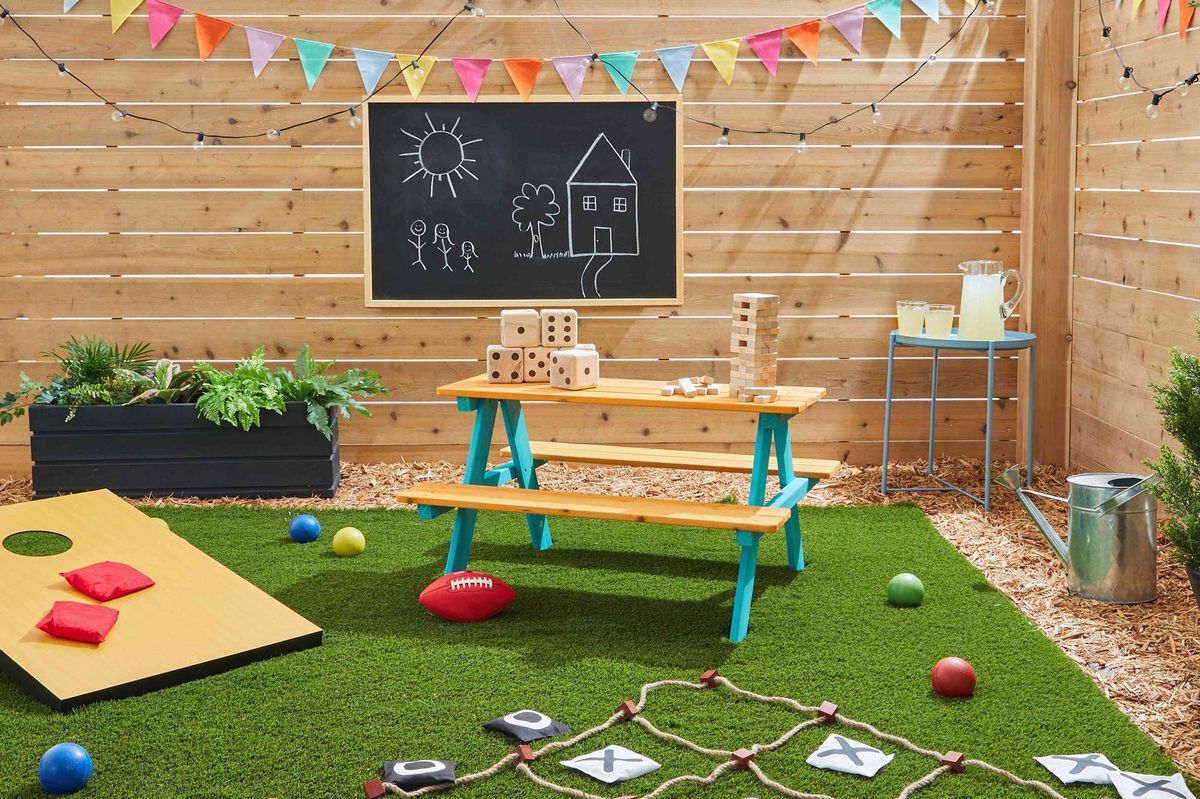
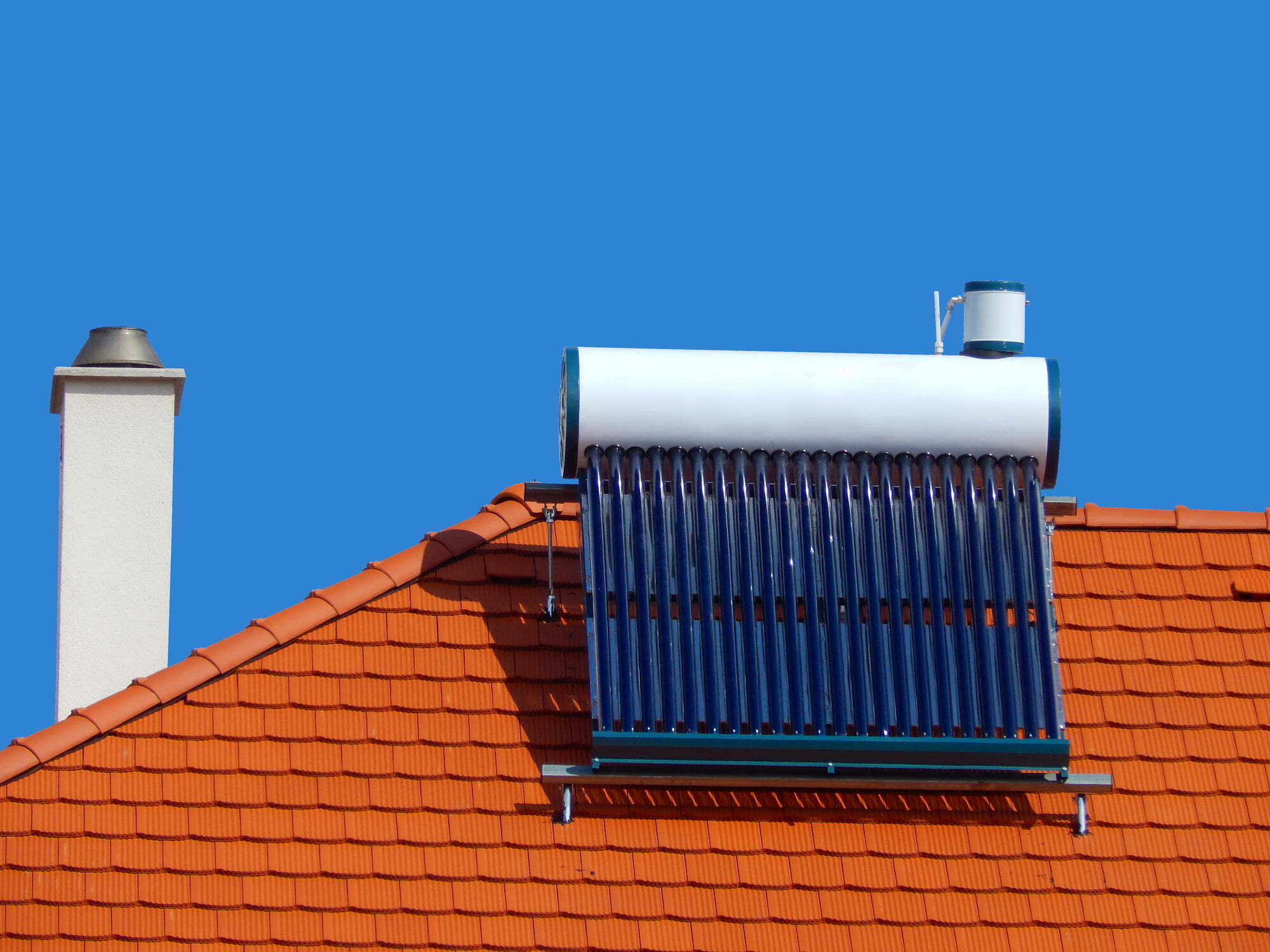

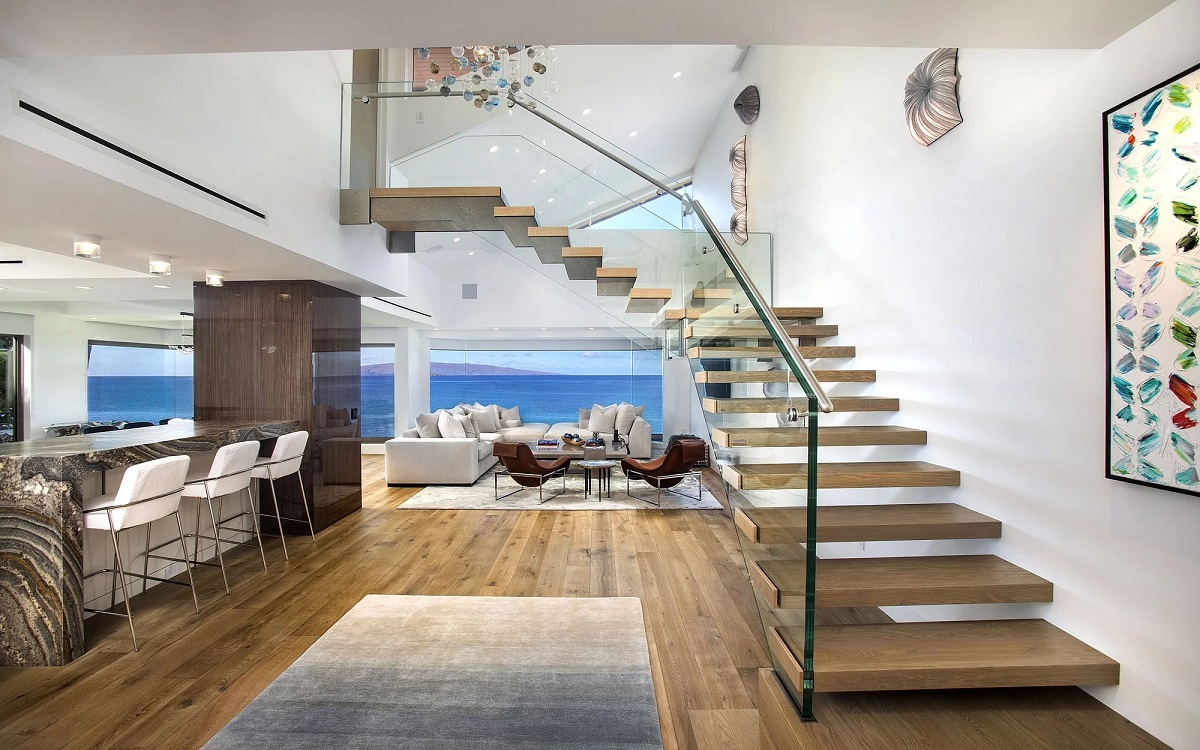


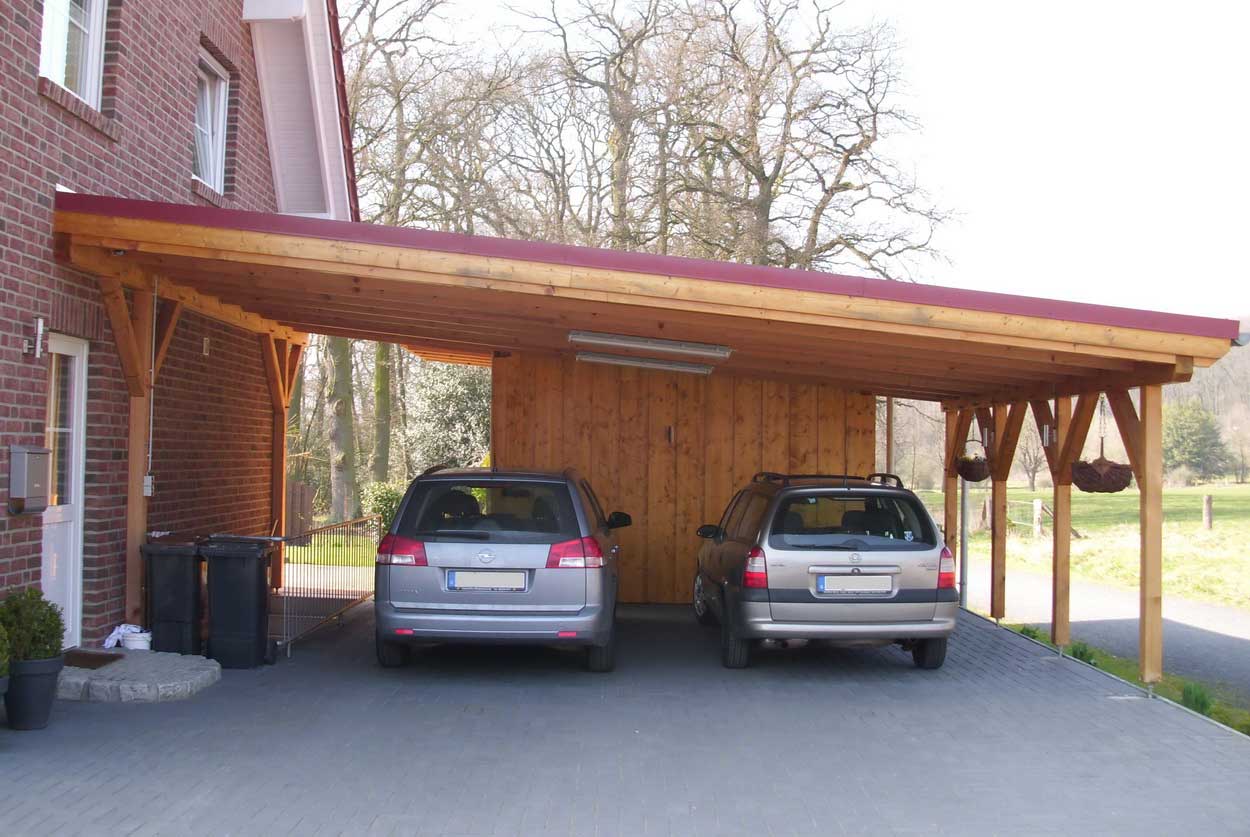
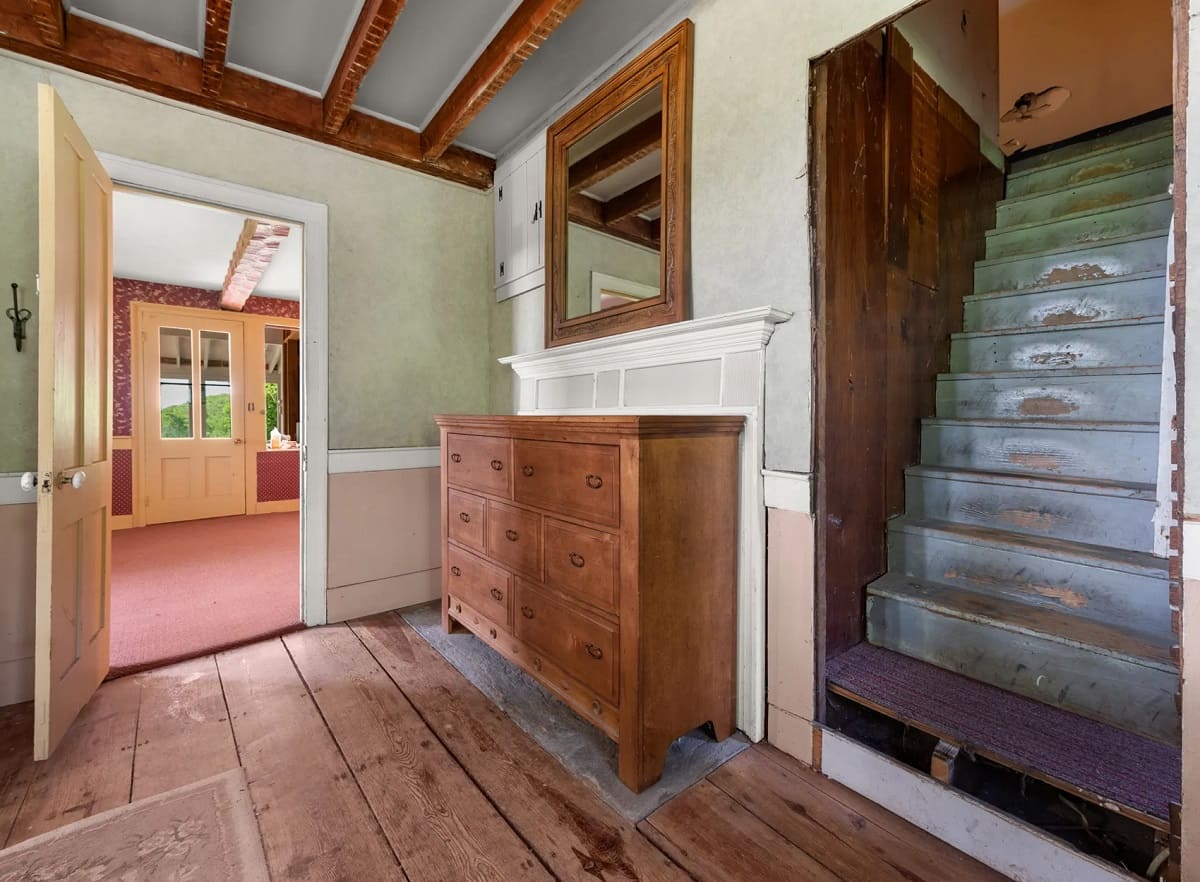
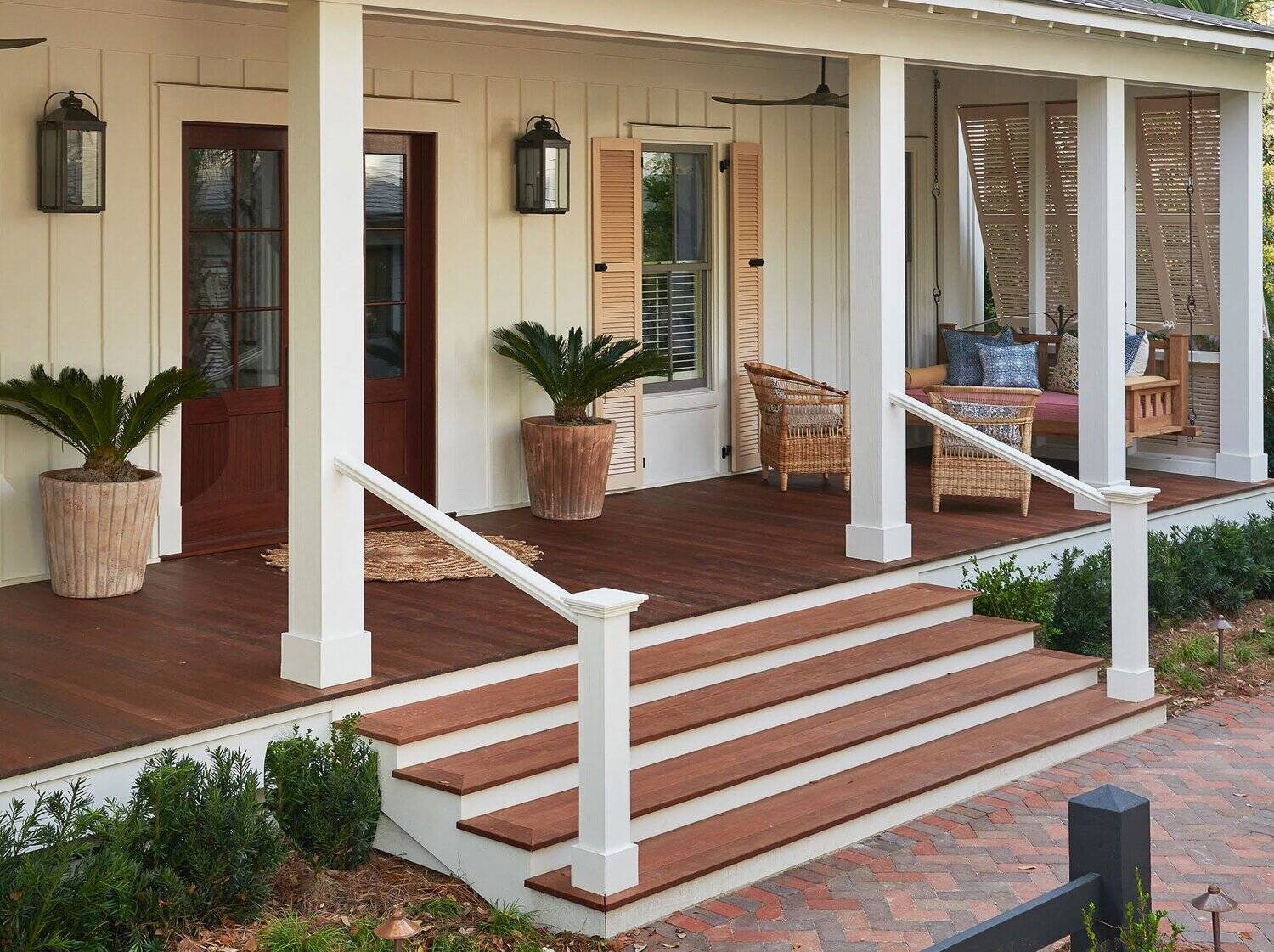
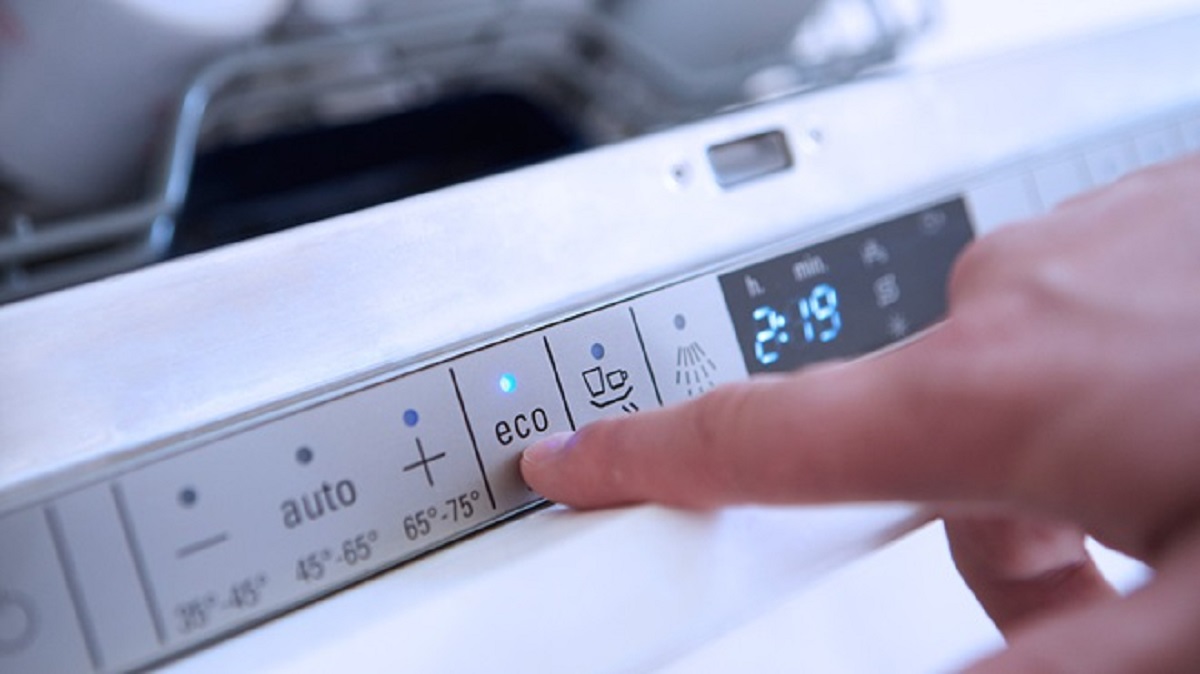

0 thoughts on “How To Design An Eco-Friendly House”